The panther, also known as the black panther or melanistic leopard, is a powerful and enigmatic feline that inhabits the dense jungles of Asia and Africa. With its sleek black coat and piercing eyes, the panther exudes an air of mystery and grace. In this article, we will explore the world of the panther, its physical characteristics, behavior, hunting strategies, threats, cultural significance, and conservation efforts.
Physical Characteristics
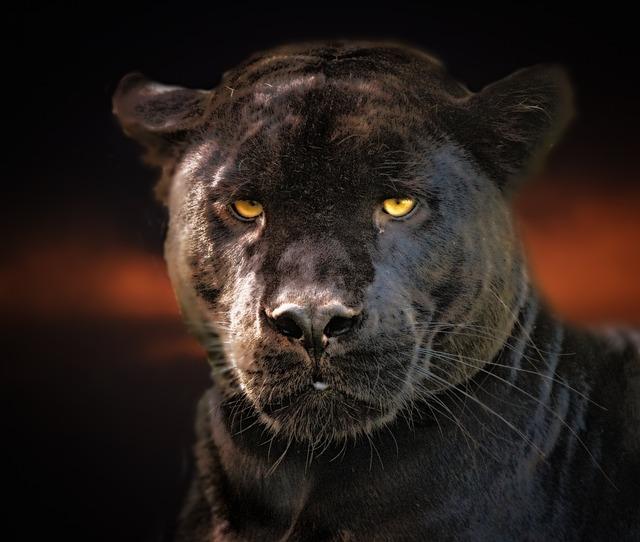
Panthers are a variant of the leopard, with a genetic mutation that causes excess melanin in their skin and fur, giving them a black coat. Underneath this black fur, they have the same rosette patterns as leopards. Panthers are also slightly smaller and more agile than leopards, with a slender build and powerful muscles.
Behavior and Hunting Strategies
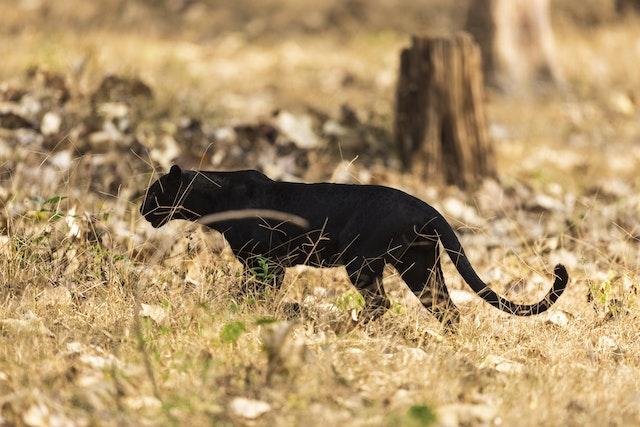
Panthers are solitary animals and are mostly active at night, making them difficult to spot in the wild. They are skilled hunters and use their sharp senses and stealth to silently stalk their prey, often using trees and other natural cover to get as close as possible before pouncing. Panthers are also excellent climbers, able to scale trees and rocks with ease to escape danger or ambush prey.
Threats
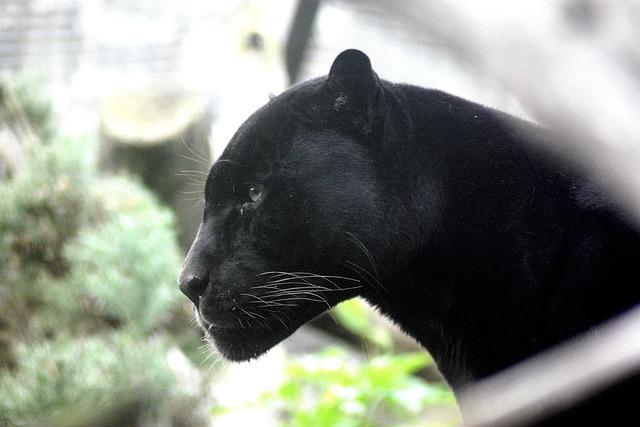
Like many wild animals, panthers face numerous threats, including habitat loss, poaching, and human-wildlife conflict. As jungles are cleared for agriculture and development, panthers are losing their natural habitat and prey species. They are also hunted for their fur and body parts, which are used in traditional medicines in some cultures.
Cultural Significance
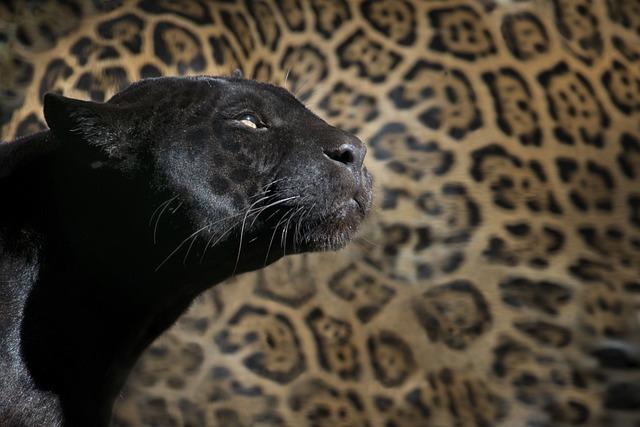
Panthers have been revered and feared in many cultures throughout history. In some African cultures, they are seen as symbols of power and are believed to have mystical abilities. In ancient Egyptian mythology, the goddess Sekhmet was often depicted with the head of a panther, representing her ferocity and strength.
Conservation
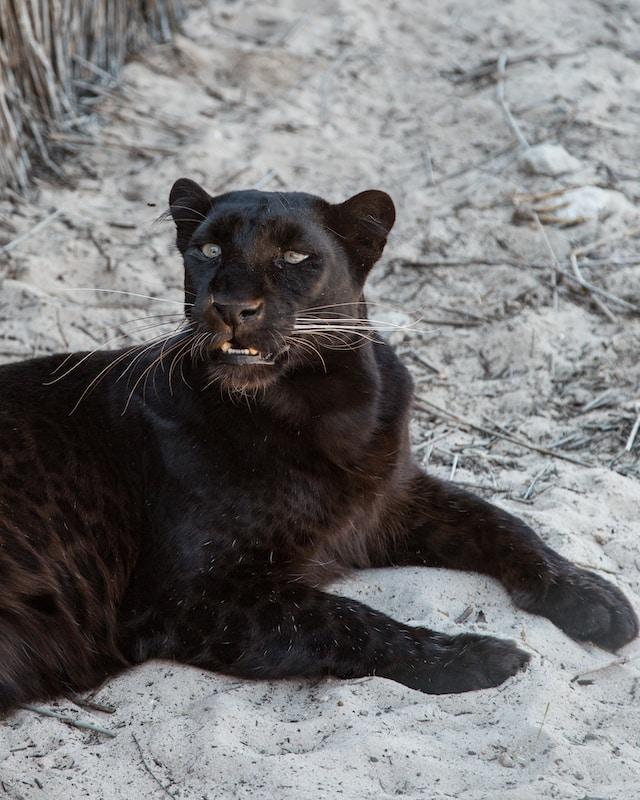
Efforts Due to their dwindling populations, panthers are listed as a vulnerable species on the IUCN Red List. Conservation efforts are being made to protect their habitat and prevent poaching. Organizations like Panthera work to protect panthers and other wild cats through research, education, and conservation programs.
Conclusion
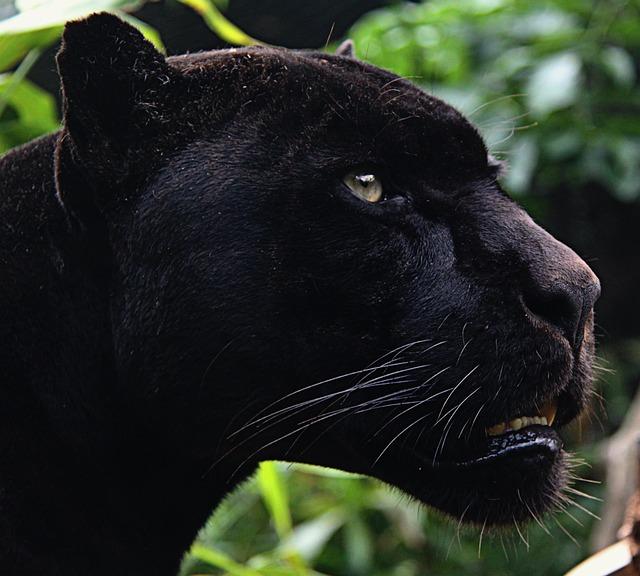
Panthers are mysterious and powerful animals, embodying the wild and untamed spirit of the jungle. Their silent stalking and hunting strategies make them formidable predators, but also make them difficult to spot in the wild. With their habitats under threat and populations dwindling, it is up to us to protect these magnificent animals and ensure that they continue to roam the jungles for generations to come.

